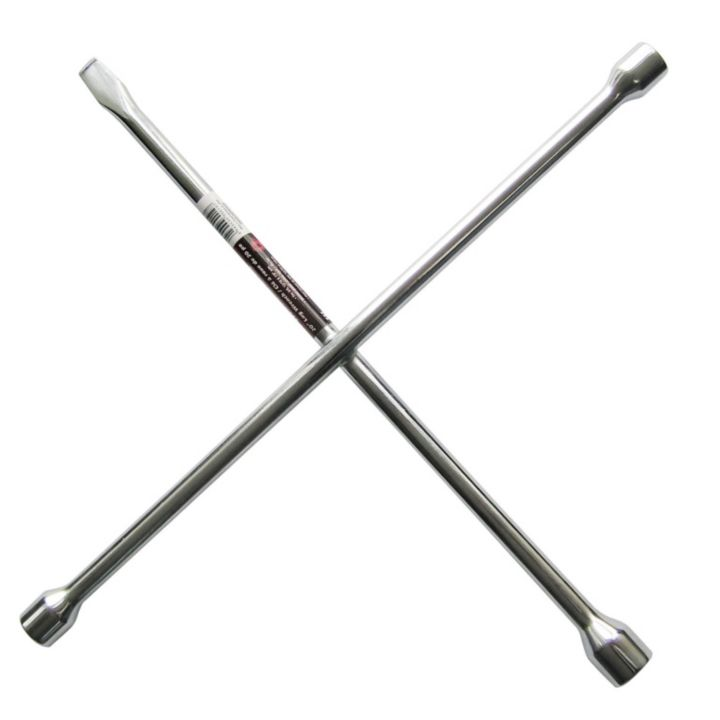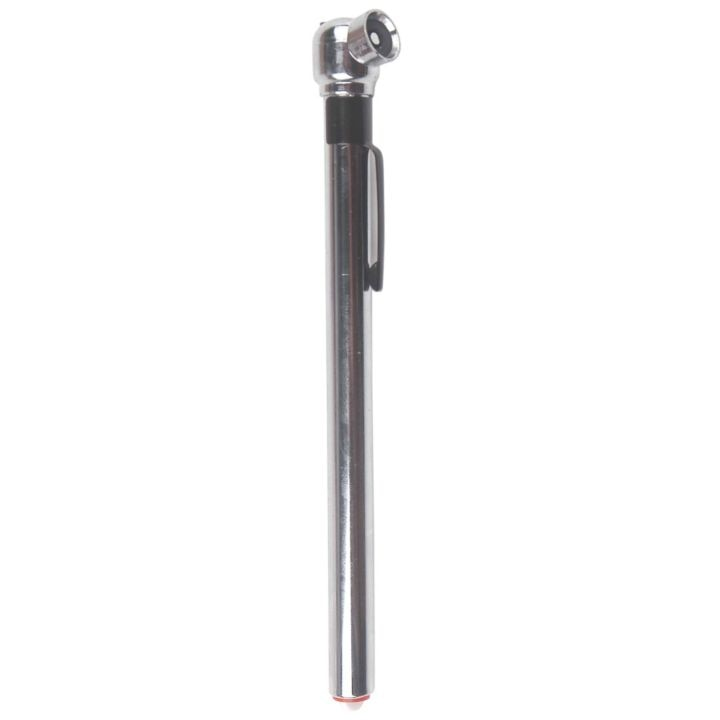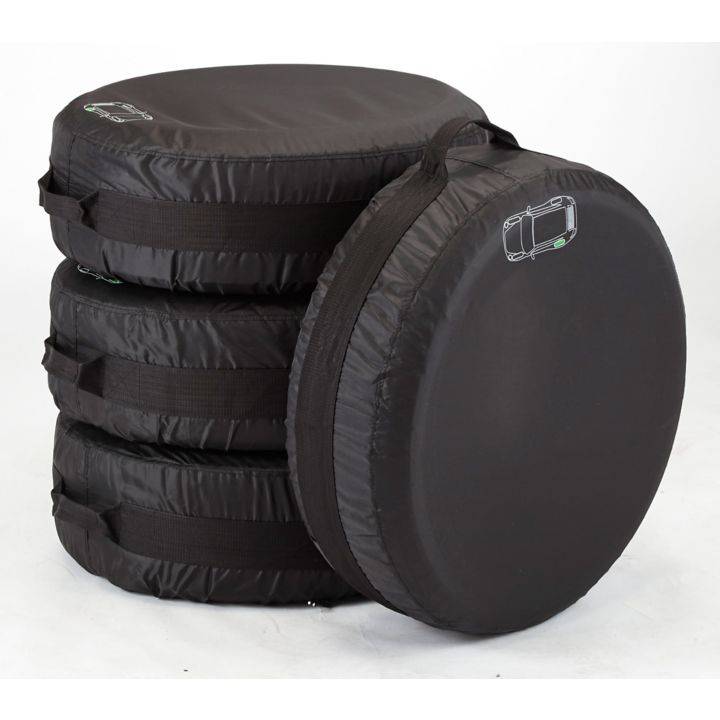
Tire Changeover for Spring and Fall: Ensuring Optimal Performance and Safety
Tire changeovers are essential for adapting to changing weather conditions and maintaining optimal performance and safety on the road. In spring and fall, when temperatures fluctuate, it's crucial to switch between winter and summer tires accordingly. In this article, we'll explore why tire changeovers are necessary during these seasons and provide guidelines for a smooth transition.
Spring Tire Changeover:
In spring, as temperatures rise and snow and ice become less prevalent, it's time to switch from winter tires to summer or all-season tires. Here's why a spring tire changeover is important:
• Traction: Winter tires have specialized tread patterns and rubber compounds designed for cold weather conditions. Switching to summer or all-season tires improves traction on dry and wet roads, enhancing overall handling.
• Fuel Efficiency: Winter tires tend to have higher rolling resistance, which can impact fuel efficiency. By switching to tires with lower rolling resistance in spring, you can optimize your vehicle's fuel consumption.
• Extended Tire Life: Using winter tires in warmer conditions can cause accelerated wear due to the softer rubber compound. Switching to appropriate tires in spring extends the lifespan of both winter and summer/all-season tires.
Fall Tire Changeover:
In fall, as temperatures start dropping and winter weather approaches, it's time to switch back to winter tires. Here's why a fall tire changeover is important:
• Cold Weather Performance: Winter tires are specifically designed for low temperatures, providing superior traction on snow, slush, and icy surfaces. Switching to winter tires ensures optimal performance and safety during winter conditions.
• Braking Distance: Winter tires have unique tread patterns that enhance braking performance on slippery surfaces. Switching to winter tires in fall reduces braking distances, minimizing the risk of accidents.
• Legal Requirements: In some regions, using winter tires during winter months is mandatory by law. Checking local regulations ensures compliance with legal requirements.
Step-by-Step on how to change your tires:
Before changing your tires, make sure you have the following tools ready:
• Spare Tire: Ensure you have a fully inflated spare tire in good condition.
• Jack: A car jack is necessary for lifting your vehicle off the ground.
• Lug Wrench: This tool is used to loosen and tighten the lug nuts.
• Wheel Wedges: Wheel wedges help prevent your vehicle from rolling while you change the tire.
• Gloves and Flashlight (optional): Gloves protect your hands, while a flashlight can be useful in low-light condition

Apply the Parking Brake and Wheel Wedges:
Engage the parking brake to prevent your vehicle from rolling. Place wheel wedges in front of or behind the tires opposite the one you're changing (e.g., if changing a rear tire, place wedges in front of the front tires).

Loosen the Lug Nuts:
Using the lug wrench, loosen each lug nut by turning them counterclockwise. Don't remove them completely at this stage; just loosen them enough so they can be easily removed later.
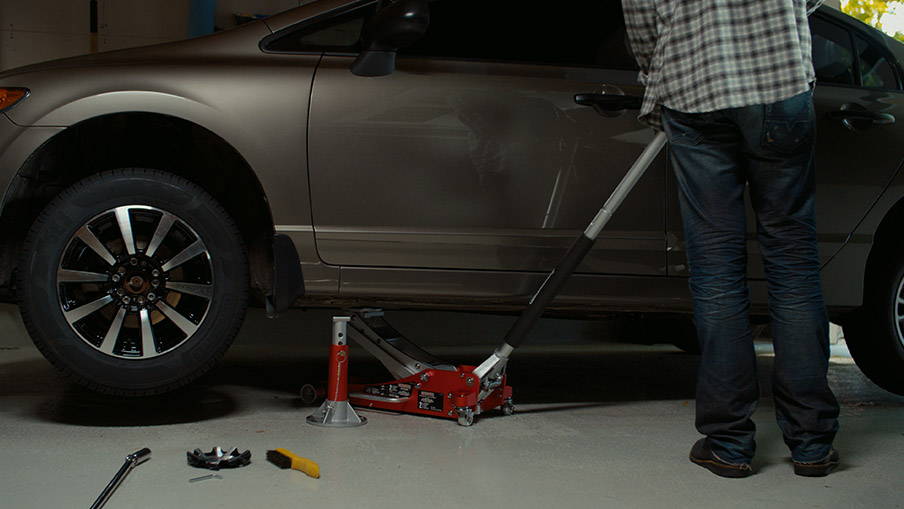
Lift the Vehicle with the Jack:
Position the jack under a secure jacking point (check your vehicle's manual for specific locations). Start raising the vehicle by pumping the jack handle until the flat tire is around 6 inches off the ground.

Remove the Lug Nuts and Old Tire:
With the vehicle lifted, remove all the loosened lug nuts and carefully take off the flat tire. Place it aside or secure it in your vehicle's trunk.
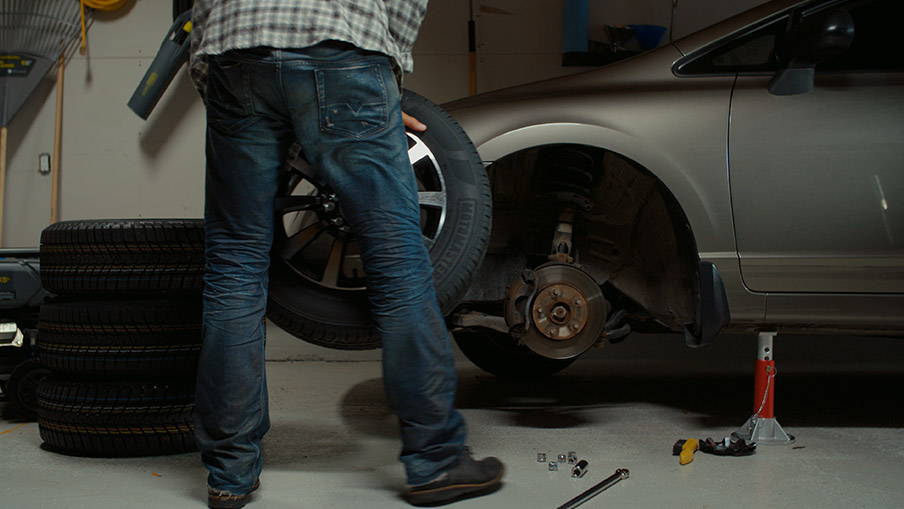
Install the Spare Tire:
Lift the spare tire onto the wheel hub and align it with the lug bolts. Push gently until it fits snugly against the hub.

Tighten Lug Nuts by Hand:
Finger-tighten each lug nut by hand as much as possible to ensure proper alignment of the spare tire.
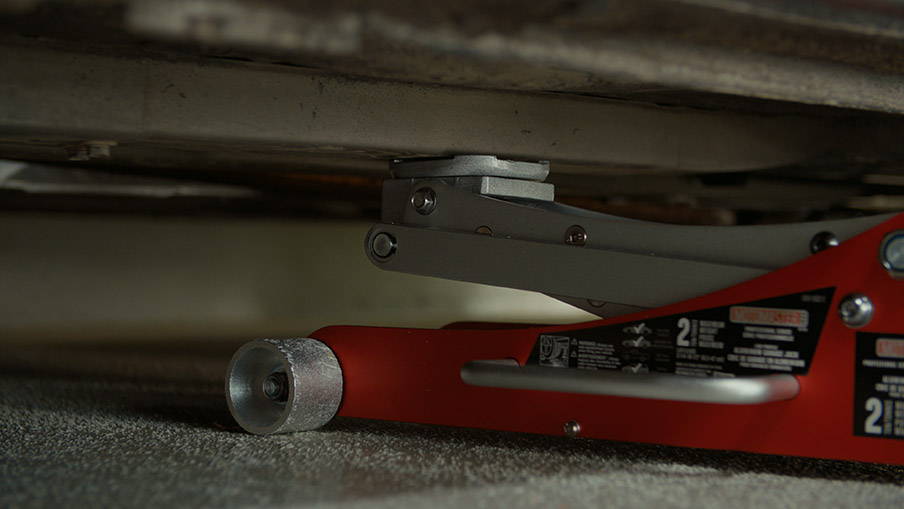
Lower the Vehicle and Tighten Lug Nuts:
Using the jack, gradually lower your vehicle until all four wheels are on the ground. Then, using the lug wrench, tighten each lug nut firmly but avoid excessive force or over-tightening.
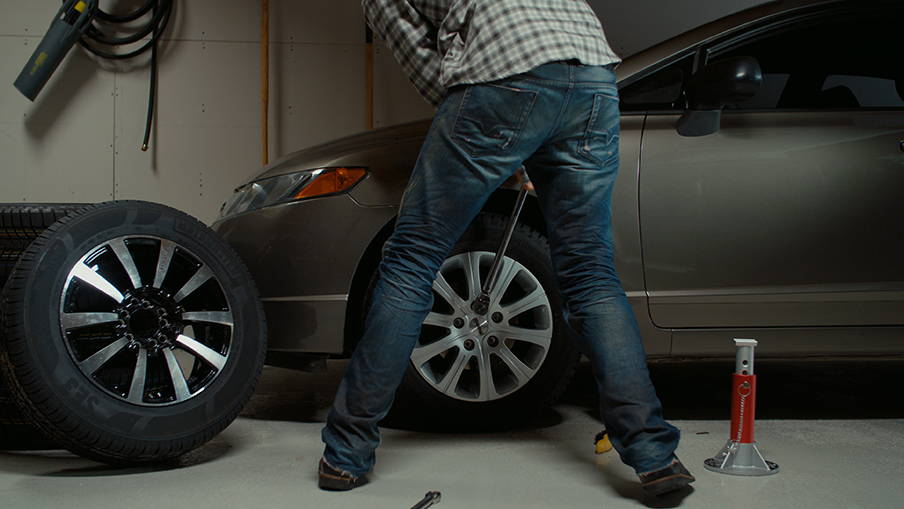
Double Check Lug Nut Tightness:
Once all lug nuts are tightened, double-check their tightness in a crisscross pattern (e.g., tighten one nut, then move diagonally to its opposite).
Tire changeovers in Spring and Fall are essential for adapting to changing weather conditions and ensuring optimal performance and safety on the road. By switching between winter and summer/all-season tires at the right times, you can improve traction, fuel efficiency, braking performance, and overall handling.
Follow the guidelines mentioned above for a smooth transition during tire changeovers. Regular tire maintenance throughout the year helps extend the lifespan of your tires while maximizing their performance.
PartSource has you covered with a variety of tire change tools. You can find the selection below:
 Loading . . .
Loading . . .


